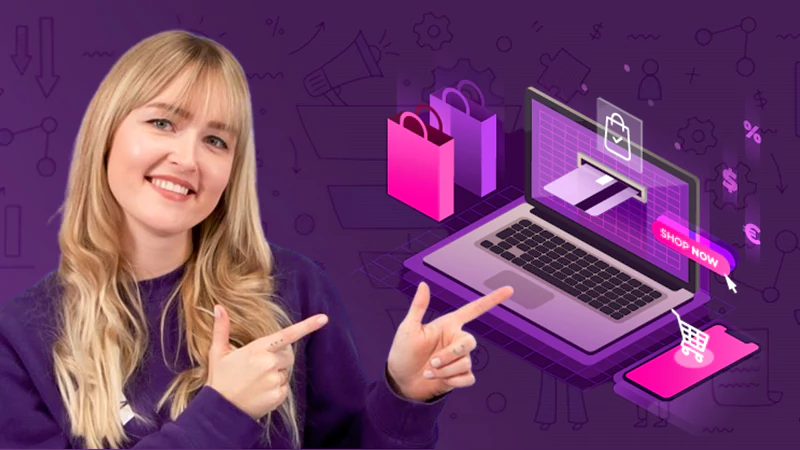Best Practices to Follow When Web Scraping
Whether you build an in-house web scraper with tools like Python requests library or use a scraping-as-a-service product, it’s essential to follow the best practices for quick and efficient results.
As technologies powering web scraping continues to grow and become more complicated. There’ll also continue to be issues around the legality of the process. So, while trying to toe the grey area of web scraping with complex tools, you must keep the following details in mind.
When done right, web scraping gives your marketing, sales, and decision-making teams the superpowers to fly your business.
The Role of Web Scraping in Acquiring Actionable Insights
Businesses trying to create products without adequate research are bound to get lost. With web scraping, different teams in a company get access to recent actionable insights. In addition, the information from web scraping can be leveraged to understand what customers need better.
You can acquire vital and vanity metrics with web scraping. For instance, you can see customers’ responses to your competitor’s products compared to yours. You can also use web scraping to collate details on sentimental comments and feedback on your new and old products. Finally, you can also make inter-product feature comparisons.
Web scraping also gives access to a large volume of data faster than other analytical tools. Furthermore, web scrapers don’t just gather and dump data into a database as most analytics tools do. Instead, web scrapers structure the data into actionable insights in your company’s CRM.
Another role web scrapers play in acquiring actionable insights is automation. It’s arduous and unproductive work to try to acquire data manually. Instead, web crawlers can be automated to collect the necessary insights intelligently.
The various actionable insights web crawlers can help your business acquire include the following.
Market Trend Analysis
To get insight into any market, you need to analyze voluminous data. But, thanks to web crawlers, you won’t miss the subtle market nuances and trends that shape and define the market. You see them early, and you act on them.
Price Monitoring
Real-time price monitoring is critical when you are in a highly competitive market. Web scraping gives you accurate access to the pricing of your competitors, which you’ll leverage to stay competitive while ensuring profit.
Point of Entry Maximisation
You’ll feel more comfortable proceeding with decisions when you’ve done enough research. Web scrapers can quickly aggregate relevant market information and blitz scale your company.
Best Practice Web Scraping Solutions for Your Business
You may need to combine different tools and techniques to get the most out of web scraping. Of course, if you don’t have a professional with a good knowledge of the process, it’s best to outsource. But if you can do more extensive learning, the following web scraping practices will help your business.
Rotating User Agent
The user-agent string is located within the request header, identifying the browser and operating system information of the request’s origin. The user-agent is part of the header information whenever you make a request.
The bot will be caught if you don’t rotate the user agent frequently. For most websites you’ll need to crawl, they don’t permit multiple requests from one source. By randomizing the user-agent, you can avoid that barrier.
Using Proxy Services and Rotating IP
This technique is similar to the user-agent rotation. Combining this with the user-agent rotation gives you a greater chance of skirting blacklisting. You can use proxy or VPN services to achieve this.
Reduce the Load
You should also try to reduce the load on the target website. The server may shut down if a website exceeds a specific request limit. So, ensure your bot follows the crawling limit set in the robots.txt file.
Follow the Robots.txt File Details.
The robots.txt file contains information for the crawler. To avoid being blocked by the website, don’t get greedy. Follow the specifications listed in the file. Follow details like pages you’re allowed to crawl, restricted pages, frequency limits, etc. Always review the robots.txt Terms and Conditions.
Use APIs
If your target website provides third-party APIs, use them. For instance, you can use the API service that grants access to public data rather than trying to scrape Twitter. So, before you scrape any website, check if they have API services.
Caching
If you’ve already scraped a website, it’s best to cache it. It’s best to avoid sending multiple requests on a single webpage. If you’re using the Python requests library to build a crawler, you can code this into it. You can also create a spreadsheet containing links to websites you’ve already crawled. Click here for a thorough tutorial on using the Python requests library for web scraping.
Only scrape when the website is off-peak hours.
When a website is at its peak hours, it’s best to delay your scraping. Scraping during peak hours will slow the website down. Scraping during light visitation hours will increase your efficiency.
Don’t Violate Copyright.
Always ensure you aren’t reproducing a website’s content on yours. For example, don’t redistribute or republish data and content you get from other websites.
Modify Your Crawling Pattern
Some website owners have money to spend and can deploy intelligent anti-crawl tools. Hence, changing the scraping pattern you use on a website is best.
Conclusion
There are several other custom practices that business owners use, so this list may not be exhaustive. But if you’re a beginner, the web scraping best practices above will help. Also, while web scraping, you’ll discover some tricks that work well on your target websites. Double down on those.
Share















